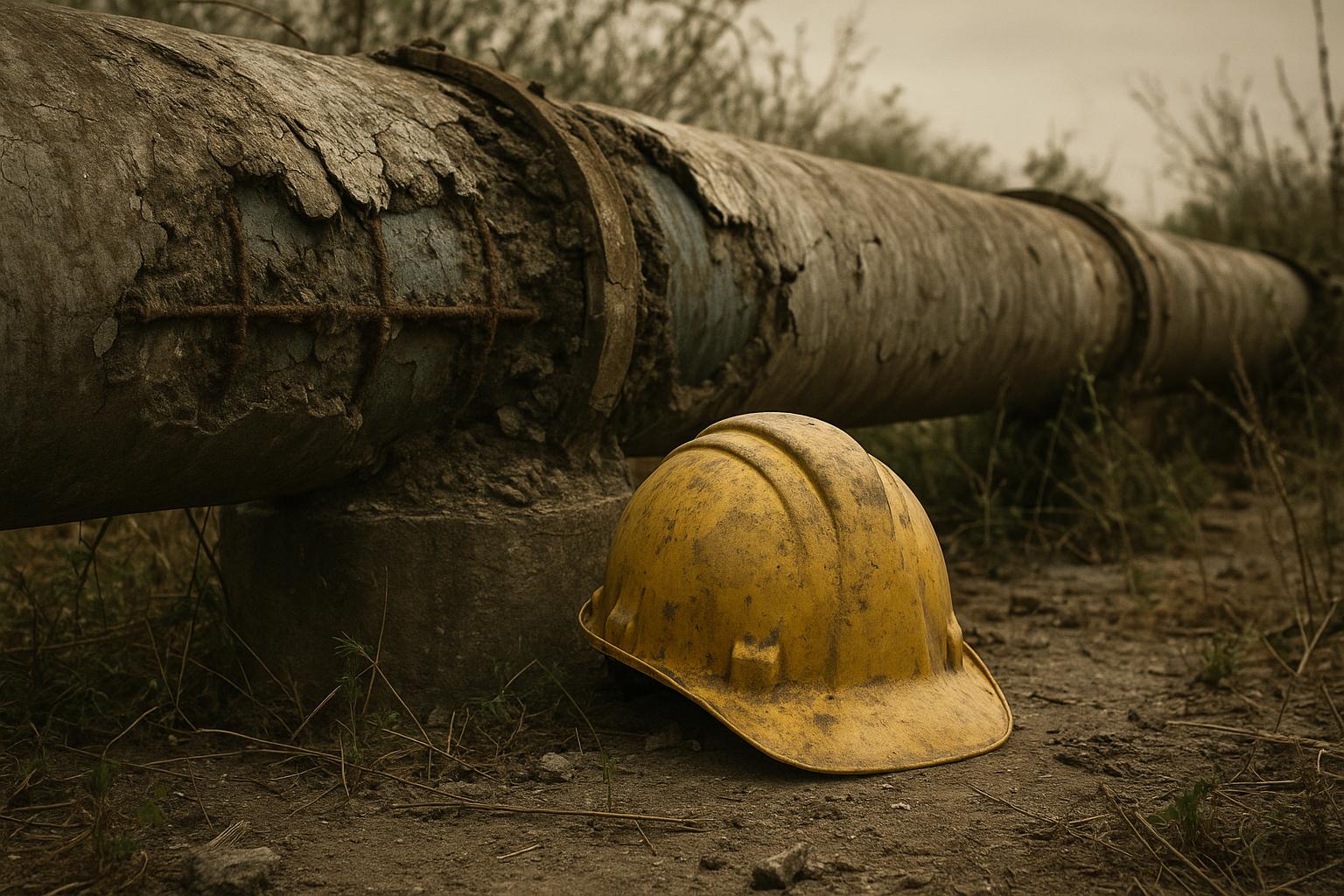England’s water sector is facing a dire environmental performance crisis, with Thames Water—serving Oxfordshire and Greater London—earning the lowest possible rating from the regulator in 2024. The company received a one-star score on criteria encompassing pollution control, sewage management, and environmental improvement, marking it as England’s worst-performing water supplier. This rating comes amid a troubling trend across the industry, which saw a 60% surge in serious pollution incidents last year and recorded the lowest combined star rating since the evaluation system started in 2011.
The Environment Agency highlighted a collective industry failure, where nine major water companies managed to secure just 19 stars out of a possible 36, down from 25 in 2023. Only Severn Trent outperformed Thames Water, achieving a full four-star rating, while the remainder mostly fell into the two-star category. The regulator's chairman, Alan Lovell, described the results as “poor” and a “clear and urgent signal for change,” while Environment Secretary Emma Reynolds underscored an ongoing “water system failure” characterized by ageing infrastructure and widespread sewage pollution in rivers.
Thames Water’s troubles are compounded by severe financial strain, including nearly £20 billion in debt. Moody’s recently downgraded the company’s credit rating further into junk status, reflecting serious liquidity challenges despite a creditor-approved restructuring plan aiming to inject up to £3 billion in new funding. The company reported a substantial pretax loss of £1.65 billion for the year to July 2025, driven by environmental fines, restructuring costs, and a significant write-off of an unrecoverable loan from its parent company.
In response to these mounting challenges, Thames Water has launched an unprecedented capital investment programme valued at over £2.2 billion for 2024/25. The company describes this as the largest upgrade to its water network in 150 years, aiming for transformative improvements over the next decade. This effort complements a broader £20.5 billion performance improvement and turnaround plan submitted to regulators, which allocates substantial funds across pollution reduction, asset resilience, and infrastructure upgrades. Specific investments include £9.4 billion into existing water and wastewater assets and £3.9 billion targeting high-pollution sites to curtail sewage spills.
Thames Water is also progressing with infrastructure projects aimed at pollution reduction, including the Thames Tideway Tunnel—often referred to as London’s ‘super sewer’—which is expected to significantly reduce combined sewer overflows by approximately 95%. Additionally, plans are underway to invest £1.8 billion between 2025 and 2030 to improve river health across London by upgrading sewage treatment works and sewer networks.
Despite these commitments, industry watchdogs and environmental groups remain sceptical. James Wallace, chief executive of the environmental group River Action, stressed the urgent need for a complete overhaul of England’s water system to ensure fair service for consumers and proper protection for rivers against pollution. Water industry body Water UK expressed cautious optimism, noting that the regulator Ofwat has allowed historic investment of £104 billion over five years but acknowledged that progress will inevitably take time.
Underlying much of the industry's environmental failure is long-term underinvestment, intensified in 2024 by a particularly wet and stormy year, which increased stress on ageing infrastructure though, as the Environment Agency emphasized, this factor cannot serve as an excuse. The combined effect of financial instability, regulatory pressure, and climate challenges presents a formidable barrier to rapid improvement.
In summary, Thames Water’s rating as England’s worst-performing water supplier highlights profound systemic issues—both financial and operational—in the country’s water sector. Although large-scale investments and infrastructure projects are underway, the company and the industry at large face significant hurdles to restore service quality and environmental standards, ensuring that bill payers receive value and that natural watercourses are adequately protected from ongoing pollution.
📌 Reference Map:
- Paragraph 1 – [1] (Oxford Mail), [2] (The Independent)
- Paragraph 2 – [1] (Oxford Mail)
- Paragraph 3 – [1] (Oxford Mail), [6] (Reuters), [7] (Reuters)
- Paragraph 4 – [1] (Oxford Mail), [5] (GlobeNewswire)
- Paragraph 5 – [3] (Thames Water), [4] (Thames Water)
- Paragraph 6 – [1] (Oxford Mail), [2] (The Independent), [7] (Reuters)
- Paragraph 7 – [1] (Oxford Mail), [2] (The Independent)
- Paragraph 8 – [1] (Oxford Mail), [2] (The Independent), [5] (GlobeNewswire)
Source: Noah Wire Services
